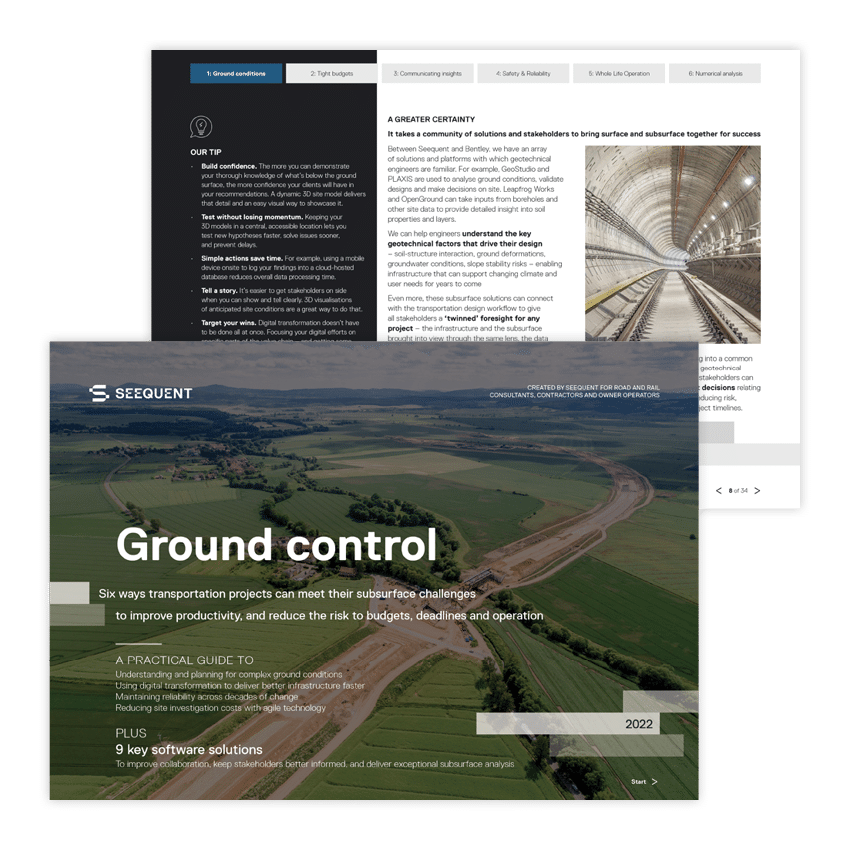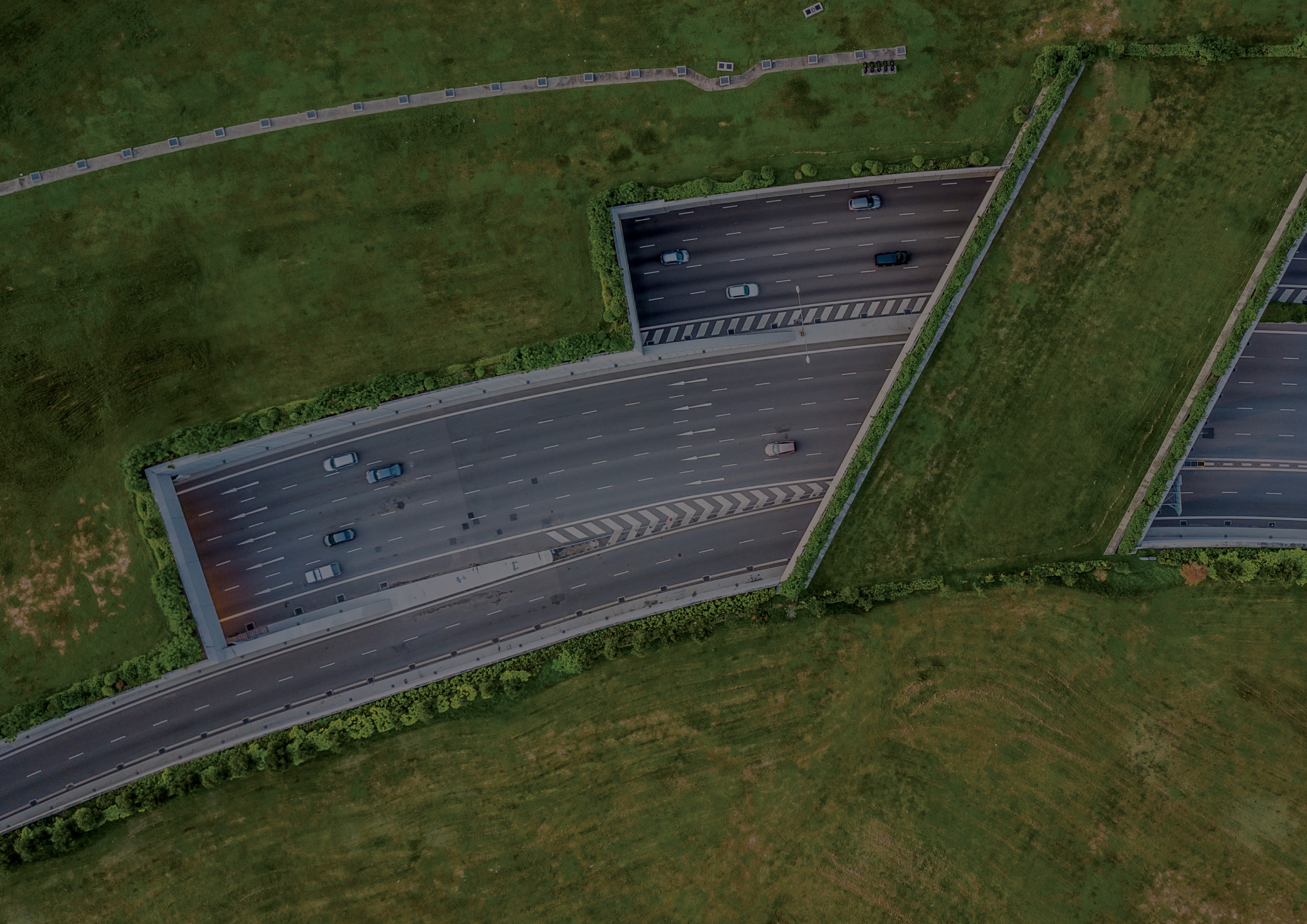A 3D digital environment is the ideal place to scrutinise your tunneling and excavation plans, and combine the technical disciplines and data types required for meticulous numerical inquiry.

Francisco Diego
Director, Product Management, Geotechnical, Bentley Systems
Tunneling and deep excavations on transportation projects require rigorous analysis of soil-structure interaction and are key challenges for geotechnical engineering.
There are numerous important requirements for a successful project. The evaluation and control of stress bulb development under high tower loadings during a tunnel construction sequence is one. Metro Station excavation and influence on adjacent buildings’ movement another. But there are many more.
Several scenarios and technical disciplines need to be addressed and integrated in a 3D digital environment. One of the great complexities is the prediction of the geotechnical and structural impact from the simulation of a realistic staged construction program.
Compiling and interpreting the data to derive the engineering parameters of the different geotechnical units is highly correlated with the analysis behavior. Reliability of a geotechnical project to a large extent depends upon how it accounts for the uncertainties in the analysis parameters and constitutive models. This is especially so in cases encountering complex stress-strain behavior that cannot be captured appropriately by simple models.
The soil-structural interaction can provide a substantial difference in designing how buildings are behaving closely to the reality of the underground site conditions. Tunneling projects in urban areas encounter an additional layer of complexity on constructing in zones with possible pile foundation vibration effects and others. Consequently, these structures affect each other’s response and mean this is very much a 3D problem to be solved.
The benefits of higher quality digital representation
Nowadays geotechnical engineers are aware of the advantages of implementing 3D finite element analysis for a range of applications such as tunneling, excavation and foundation design. Supporting that, geological models and structural effects can be better represented in the 3D space with a higher-fidelity digital representation. This allows engineers and geologists to infer full geometry, for example, in the simulation of the structural elements of tunnel and buildings with surrounding geotechnical conditions.
The 3D digital twin of the tunnel and surrounding geological structures can be used to run geotechnical simulation.
This gives the ability to model and analyse the contractor’s design scheme during tendering, to design associated underground structures, and to perform construction simulation. The solution can be used to model highly complex soil and rock behavior to better predict settlements and prevent unexpected failure conditions and critical tensional effects.
Rigorous 3D analysis is proven to show savings from reducing overdesign while still meeting all serviceability and factor of safety requirements in a transportation project.
For the full version of this feature, with more ideas, practical tips, product suggestions and a case study, download our eBook.






